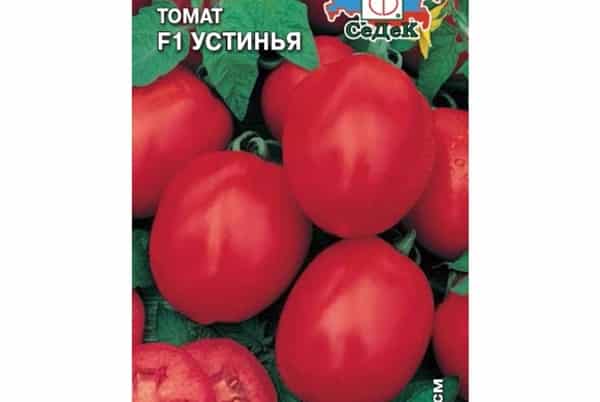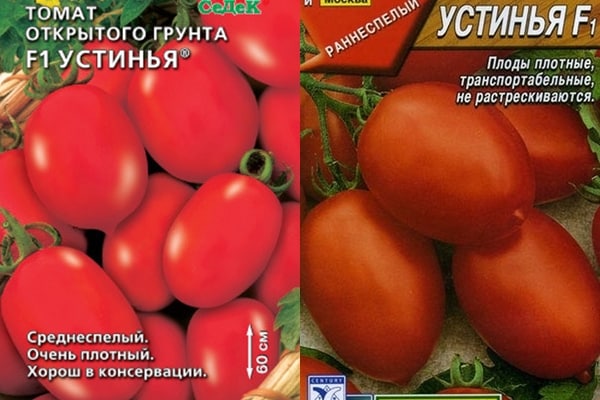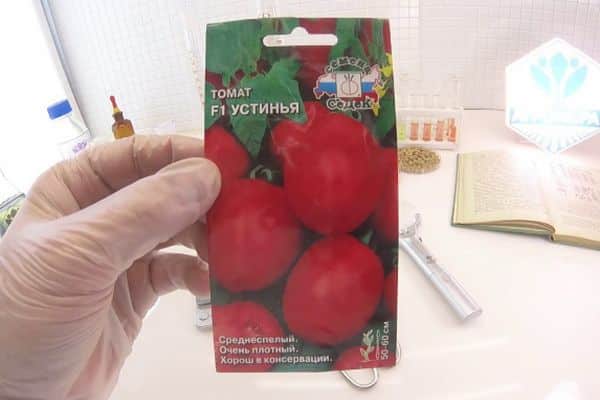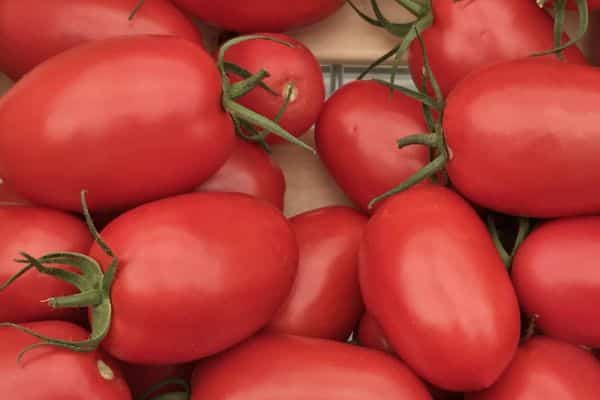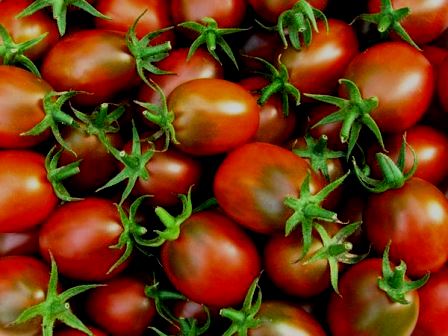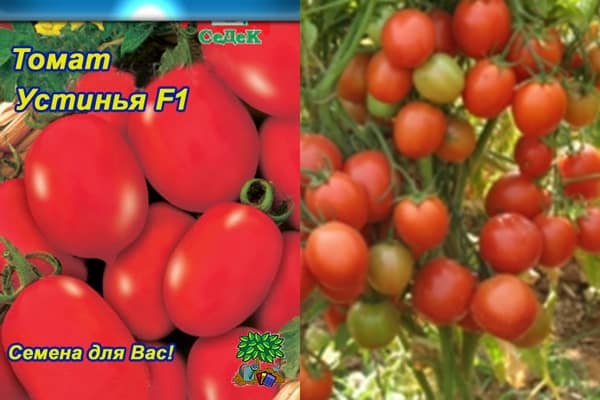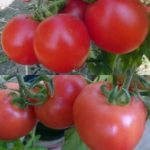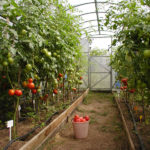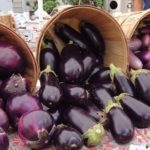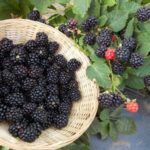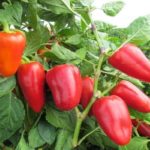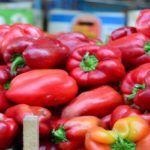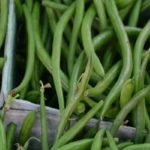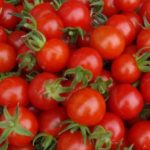The Ustinha tomato is a hybrid intended for growing in unprotected soil conditions. The variety is resistant to low temperatures and common tomato diseases. It is distinguished by a small, cylindrical fruit, with good commercial and consumer characteristics. With proper care, the variety bears fruit abundantly and can compete with large-fruited tomatoes in terms of productivity.
[toc]
Characteristics of the Ustinya variety
When creating first-order f1 hybrids, they try to consolidate qualities that are especially in demand when growing large batches of tomatoes. High-yielding parent varieties with resistance to diseases and pests of a particular region are selected.
Of particular importance are the commercial properties of the fruit, which help reduce losses during transportation and storage. The Ustinha tomato fully meets these criteria:
- The variety is mid-season, with a growing season of 100–115 days, recommended for cultivation in unprotected soil in the Non-Chernozem agroclimatic zone.
- Hybrid f1 Ustinya has a determinate type of bush, reaching a height of 50–60 cm. The plant intensively grows green mass and requires partial removal of stepsons. The first inflorescence is formed above the seventh leaf. The cluster contains 6 to 8 small fruits. The yield is excellent; 7–8 kg of tomatoes are harvested from one bush.
- The fruits are cylindrical in shape with a small spout. The skin is strong, smooth, red in color. Tomatoes weigh 70–90 g, withstand heat treatment well, and are suitable for whole-fruit processing.
Separately, it is necessary to say about the marketability of fruits. The tomatoes are uniform in size and shape and can withstand long-term transportation and storage. The universal purpose of tomatoes allows them not only to be sold in retail stores, but also to be used as raw materials for the canning industry.
Important! Hybrids are maximally adapted to the agroclimatic conditions of a particular region and are very demanding in care. This must be taken into account when choosing a variety.
Features of caring for the variety
Growing first-order hybrids f1 provides a number of advantages over conventional varieties. Plants at the genetic level resist the most common diseases. Well adapted to the conditions of the growing region. Let's look at the agrotechnical recommendations of the seed manufacturer:
- They begin to sow seeds for seedlings in late March, early April.In regions with a long period of above-zero temperatures, it is permissible to sow seeds immediately in a permanent place.
- In the conditions of the middle zone of the Non-Black Earth Region, seedlings are planted in the ground in the last ten days of May, protecting the plants under film covers. Seedlings are planted in unprotected soil later, on June 5–10, when the return night frosts have passed.
- The seedlings should be 55–60 days old at the time of planting. The planting pattern is 40x60 cm. It is recommended to promptly remove side shoots, forming a bush with 1–2 trunks.
- The plant is heat-resistant, but in the absence of rain, you should monitor the soil moisture and water the plantings on time. During the growing season, 2-3 feedings are carried out taking into account the needs of the plants. Harvesting occurs in the last ten days of July, the first ten days of August.
Hybrid F1 Ustinya appeared on the seed market recently, but has earned positive reviews for high yields, excellent quality and taste of the fruit.
The tomato is suitable for trouble-free cultivation in the garden plot and in the fields of vegetable farms.

